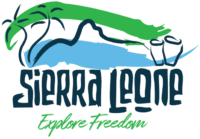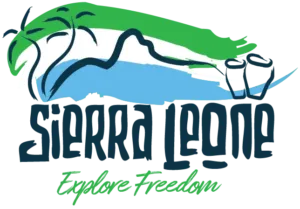Cyclists visiting Sierra Leone, you may be in for a true challenge – or a treat, depending on what way you look at it. In our country, cycling is still very much an up-and-coming sport. You won’t find marked cycle trails, swanky bike rental shops or facilities for cyclists.
Outside the Freetown Peninsula, paved roads are few and far between, and most roads are dirt, becoming very muddy and impassable during the wet season. However, when driving on the roads early in the morning, sometimes you spot lone cyclists, usually on mountain bikes, getting some miles in before it becomes too hot.
International cyclists in Sierra Leone usually belong to one of two categories – travellers on overland bike journeys across the country, or even beyond traversing other West African countries, and cyclists visiting Sierra Leone to join cycling races or events.
There are two main cycling events throughout the year, both very different from one another, but worth considering to support and further cycling in Sierra Leone. Let’s have a look!
Tour de Lunsar
This is Sierra Leone’s biggest bike race, organized by Lunsar Cycling Team, the largest in the country. Every stage ends in the town of Lunsar, halfway between Freetown and Makeni, home to the cycling team.
The race is attended by many West African pro cyclists, but there is no UCI status so anyone with any kind of bike can attend. It is not necessary to be a pro, and passionate cyclists from everywhere are welcome. In 2023, the race will be open to international cyclists for the first time. The entry fee is $100, and the funds are used to support Sierra Leonean cyclists and to develop the sport in the country.
The Tour de Lunsar will take place from April 26th to 30th, 2023. The entire men’s race is 334 km long, which may not sound like much when compared to the Giro d’Italia or the Tour de France, but adventurous participants will have the West African heat and humidity to contend with.
The race takes place over four days – 3 stages for the men’s race, and 1 day for the women and junior events. The three stages of the men’s races are Freetown to Lunsar, Lunsar to Makeni and back, and Lunsar to Port Loko and back. The last stage is a crit-style race, where riders take several laps along a set circuit.
The route is almost entirely flat and on paved roads, but the tarmac may not be in great conditions and the heat will turn even the smallest hills onto Alpine-style climbs. Like all Grand Tours, there are different coloured jerseys for the winners – white for men, blue for women and yellow for young riders, plus special jerseys for the best sprinter and KOM.
West Africa Cycle Challenge
This 4-day cycle race across Sierra Leone is organized by Street Child, the same charity that organizes the famous Sierra Leone Marathon.
It’s not a race as such, with pro riders and jerseys, more of a fundraising event to support the charity’s work with disadvantaged children and youths throughout the country.
The challenge mainly takes place along dirt or mud roads, and includes visits to Street Child’s projects in villages and overnight stays with remote communities.
The first stage is from Bo to Yele, approximately 80 km along hard-packed mud roads, the second is from Yele to Makeni, 72 km along hilly roads. Day 3 is a hard one, 92 km from Makeni to Kamakwie along a very hilly road with stunning views over the mountains of the Sierra Leone interior, and the final stage is the longest but also most unforgettable, 108 km to the finish line in Kambia, close to the border with Guinea.
After the challenge, participants are given time to relax and spend time on one of Sierra Leone’s beaches – they’ll enjoy it for sure!
Cycling Sierra Leone Independently
Joining one of the two events described above is the easiest way to experience cycling in Sierra Leone, but for those who prefer cycling independently, you can do that too.
Independent cyclists are recommended to visit during the dry season and start cycling early in the morning to avoid the heat, the traffic and mosquitoes. Avoid the wet season at all costs, since roads tend to be in very poor condition.
Since it’s hard to come across bike gear and spare parts, it’s better to carry along some spare tires, tubes, chain links and a repair kit. In case of need, there are some bike repair shops around, and tire shops may also assist you.


